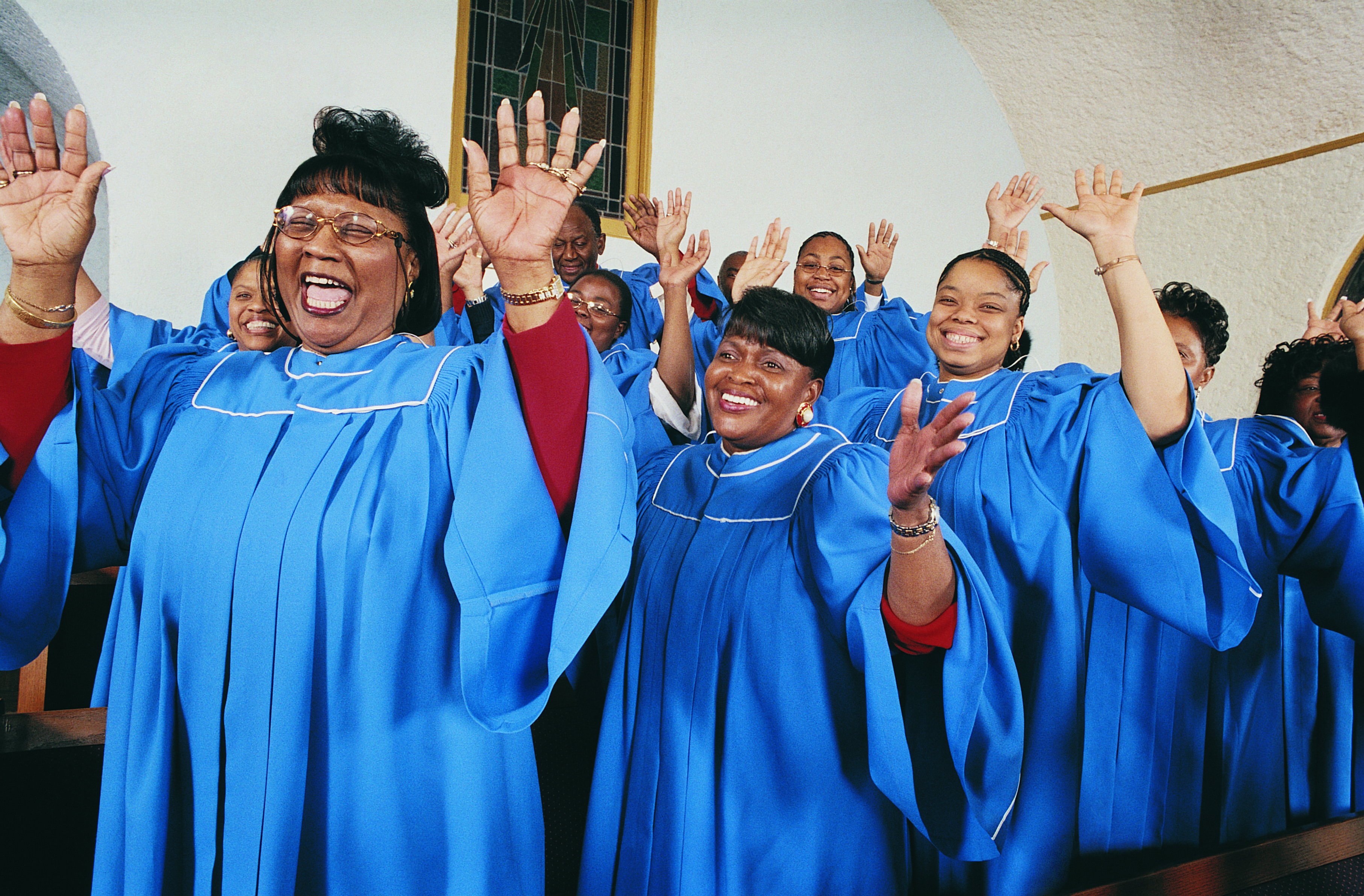Breast cancer in African American women has often been charted as more aggressive and more likely to take our lives, but until this year, our rates of breast cancer were
consistently lower than those of white women.
Sadly, new research shows that we are catching up to white women in breast cancer occurrence rates, while surpassing them in breast cancer mortality, according to the American Cancer Society.
The new study revealed that from 2008 to 2012, breast cancer incidence rates increased 0.4 percent a year among black women, while remaining stable among whites, Hispanics, and American Indian/Alaska Natives. By 2012, black women were being diagnosed with breast cancer at the same rates as white women, but there were differences among the states.
For African American women living in Alabama, Kentucky, Louisiana, Mississippi, Missouri, Oklahoma, and Tennessee, rates were actually higher than those among white women.
The important factor here is not necessarily that black women and white women have the same rate, but that some unknown, protective factor in the lives of black women—when it comes to breast cancer—seems to be disappearing.
Mortality rates from breast cancer have always been higher among black women—42 percent higher in some populations—but that has been attributed to issues such as late diagnosis, poor access to care, and lower mammography rates.
We are also more likely to be diagnosed with triple negative breast cancer, an aggressive subtype that is linked to poorer survival.
What You Can Do About It
With breast cancer, as with all cancers, the most important form of protection is early and consistent screening and limiting all known risk factors. Here’s what we know about the high breast cancer risk factors that disproportionately effect black women and contribute to higher rates of the disease in our community.
Lose weight. Obesity and being overweight greatly increase breast cancer risk because excess body fact creates a type of estrogen that is thought to be linked to breast tumors. Higher rates of obesity among black women are considered one of the causes of our higher rate of breast cancer. The American Cancer Society recommends that women maintain a healthy weight throughout their life. Losing even a small amount of weight has health benefits and is a good place to start.
Work out. Growing evidence suggests that women who get regular physical activity have a 10-to-25 percent lower risk of breast cancer compared to women who get no exercise. Doing even a little physical activity beyond your regular daily routine can make a difference, but it’s best to get at least 30 minutes of brisk exercise at least four or five days a week.
Tee Total. Many studies have shown that drinking alcohol increases the risk of breast cancer in women by about 7 to 10 percent for each drink per day. Limit yourself to no more than one drink per day.
Quit smoking. Smoking increases the risk of breast cancer, especially among heavy, long-term smokers and women who begin smoking before their first pregnancy. A recent study by American Cancer Society researchers found that women who begin smoking before they give birth to their first child had a 21 percent higher risk of breast cancer than did women who never smoked.
Get tested. One of the most critical factors in surviving breast cancer is early diagnosis. Treatments are far more likely to work if the disease is diagnosed in its early stages. As mentioned above, black women are far more likely to be diagnosed at the late stages of the disease. The American Cancer Society recommends women should begin having yearly mammograms by age 45, and can change to having mammograms every other year beginning at age 55. Women should have the choice to start screening with yearly mammograms as early as age 40 if they want to. But, if you have a history of triple negative breast cancer in your family in a first-degree relative—your mother, sister, or aunt for example, talk to your doctor an consider getting your baseline mammogram in your 30s.









